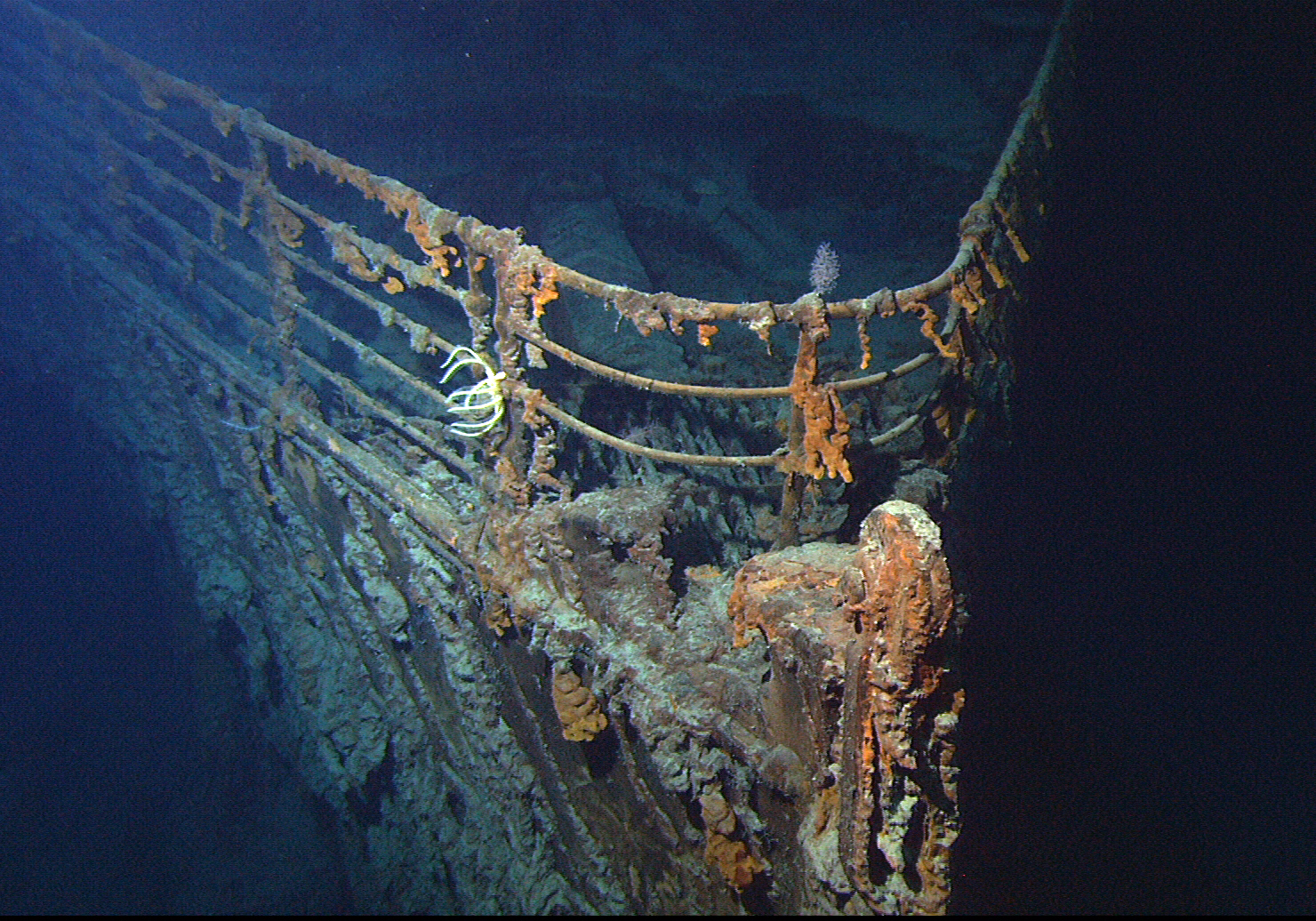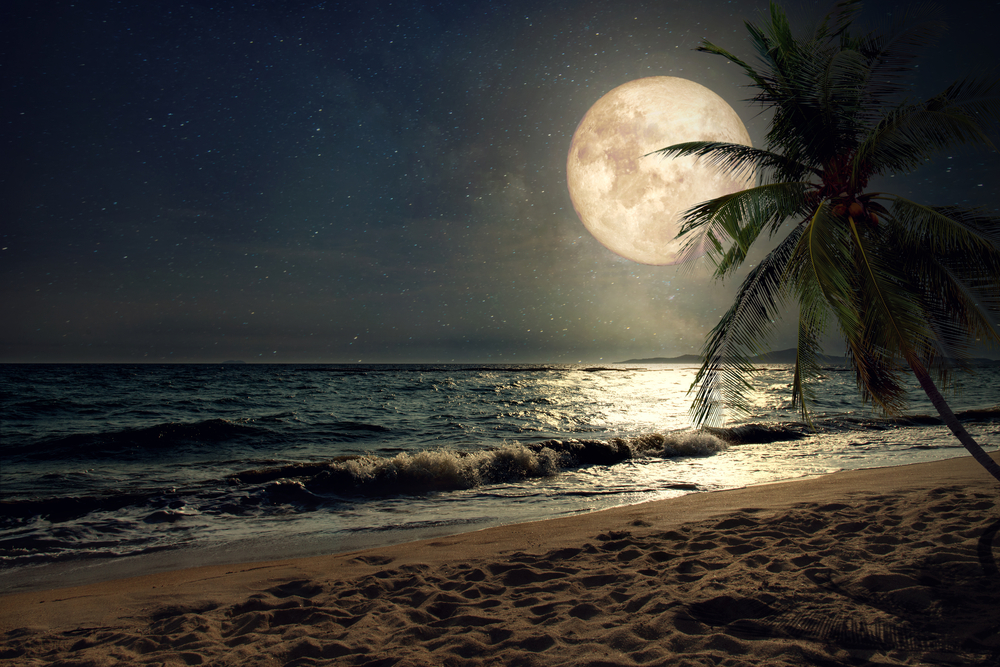Time and tides were unkind to the Titanic, and it is vanishing at an alarming rate. The Titanic wreck could completely disappear by 2030, all due to the “hungry” bacteria in the ocean. According to Canadian researchers, the Titanic wreckage on the ocean floor will soon vanish as it is quickly being eaten up by a newly discovered bacteria.
About the Titanic wreck
When the ship set sail on its maiden voyage in 1912, no one could have guessed what the giant boat would look like now-a rusting metal hulk at the bottom of the Atlantic Ocean. Since April 1912, the RMS Titanic, probably the most famous ship of all time, lies at the bottom of the North Atlantic Ocean. Since being hit by an iceberg, it sank on its maiden voyage from Southampton to New York. Over 1,500 passengers died in the incident, which is still one of the deadliest marine disasters in modern history.
The exploration team found that the degradation level was “shocking,” with some prominent features now gone, like the captain’s bathtub. That whole deckhouse on that side is collapsing, taking the staterooms with it. And that deterioration will continue to progress. The lounge roof has undergone an advanced deterioration, which has caused it to the slope. If the roof eventually gives away, the ship’s interior views will be blocked.
Factors influencing Titanic’s decay:
- Halomonas Titanicae Bacteria
Bacteria species found on the wreck have turned out to be newly discovered bacteria to science. Scientists named it after the ship Halomonas Titanicae. This iron-loving bacteria can survive where most forms of life cannot, making Titanic’s dark, highly pressurized home a perfect place to grow. The unforgiving bacteria will soon eat away the ship’s historical remains that were discovered years ago.
Reports suggest the Halomonas Titanicae bacteria pose a possible threat to oil rigs and other iron produced objects in the deep sea. Halomonas Titanicae likes to eat iron. The iron in the 47,000-ton vessel ends up in the ocean, and this will ultimately be absorbed into the bodies of marine animals and plants.
- Saltwater erosion
Other factors influencing the decay of the Titanic include saltwater erosion and heavy ocean currents. In addition to the bacteria, salt corrosion and changing sea currents also affect the ship, which rests 12,500 feet below the surface in water just above the freezing. One of the main reasons that it rusts so fast is because of the salt content of the seawater. Several electrolysis reactions that immensely boost corrosion in saltwater.
Winding up
The blame for the decay of the Titanic is given to strong ocean currents, salt corrosion, and metal-eating bacteria. To discover the time we have left to continue visiting the wreckage site before the sea swallows it whole, researchers are studying the erosion levels of certain metals in seawater.




